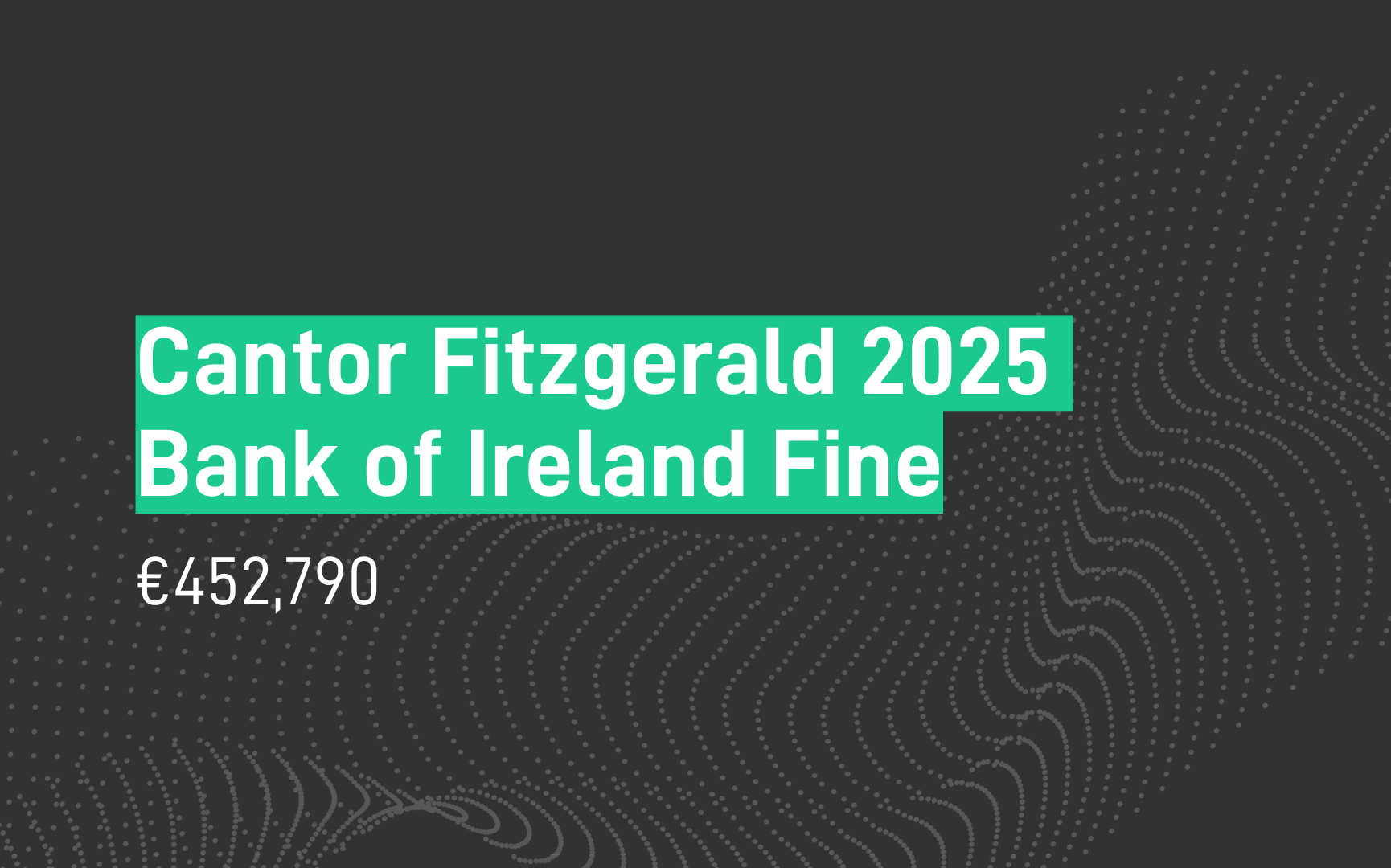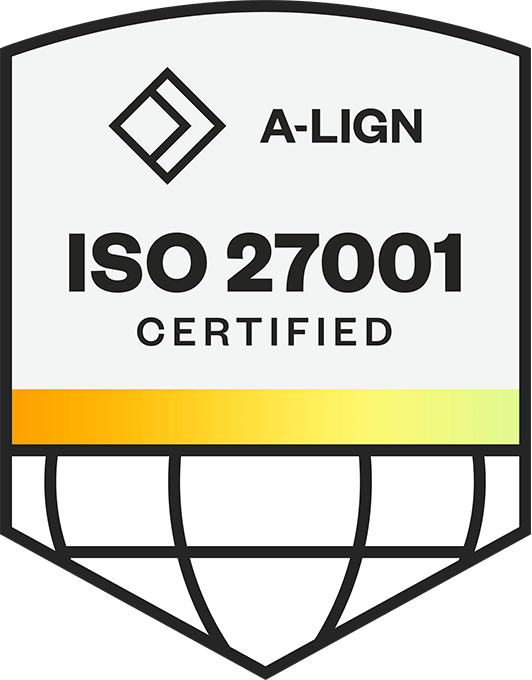
What will UK financial services regulation look like post-Brexit? No matter how exhausted the “B” word is, this remains a popular topic of discussion. And now that we have seen the first sign of divergence between UK and EU rules (around the implementation of the fourth phase of SFTR), we are beginning to get a clearer idea of what the end state will look like for UK financial regulation post-Brexit. But what will happen to the reporting rules?
This will of course be shaped by the ongoing negotiations, but what we know so far is that Brexit will impact both MiFIR and EMIR reporting, affecting branches, delegated reporting, outstanding trades, reportable instruments, and personal data standards, amongst other things.
MIFID II – DUAL REPORTING & FCA FIRDS
Whilst the MiFIR reporting obligations for UK firms will be similar to the current requirements post-Brexit, firms will be required to report twice in certain circumstances.
When a EU investment firm has executed its transactions via a UK branch or vice versa, the entity will have a dual reporting obligation. The FCA has clearly stated that the branch will no longer be able to discharge the reporting obligations by transmitting orders to the other entities. As a result, the investment firm will need to be contracted to both a UK Approved Reporting Mechanism (ARM) as well as an EU ARM to allow the functionality of dual reporting.
The FCA has made some concessions in terms of allowing firms some extra leeway following exit day. However, MiFIR Transaction Reporting is not included in this since the FCA need these reports to ensure market oversight and the integrity of financial markets. In their recent market watch newsletter on market conduct and transaction reporting issues, the FCA states that "firms and Approved Reporting Mechanisms should comply with the changes to their regulatory obligations by the end of the transition period on 31 December 2020."
Those unable to fully comply with the regime at the end of the transition period will need to back-report missing, incomplete or inaccurate transaction reports as soon as possible.
To take over the management of the transaction reporting regime in the UK, the FCA has built its own FIRDS (Financial Instruments Reference Data System) and FITRS (Financial Instruments Transparency System) schemes to replace ESMA’s.
FIRDS is a reference data system that records all the instruments reported by trading venues that are traded on them (TOTV). This helps firms to determine their reporting obligations, amongst other things, and has been available for testing since March.
FITRS provides market participants with transparency calculation for compliance UK MiFID regulations. It uses data reported by UK trading venues and UK approved publication arrangements (APAs), and will be available for testing on 5 October.
To make it easy for UK firms, FCA FIRDS and FITRS have been designed to be as similar to ESMA’s system as possible. However, there are some differences. For example, under UK FIRDS Relevant Competent Authority (RCA) will no longer be meaningful but will defaulted to GB. FCA FIRDS and FITRS master data will also be different given that ESMA uses data from EU venues and/or APAs and the FCA uses data from the UK.

eMIR - UK REGIME ONLY APPLICABLE TO UK FIRMS AND THEIR BRANCHES
If we look at EMIR, the FCA will become the UK authority responsible for the registration and ongoing supervision of Trade Repositories (TRs) operating in the UK post-Brexit.
In terms of eligibility, UK branches of third-country firms (including branches of firms from EU27 countries after Brexit) will not be in scope of the UK EMIR reporting regime, so do not have to report under the onshored UK regime.
Branches of UK established firms outside the UK are on the other hand in scope and will be required to report details of their derivative transactions to an FCA-registered, or recognised, TR according to the UK EMIR regime.
So, what needs to be reported? All new derivative trades entered into by UK counterparties on or after 11:00 pm on exit day are in scope for reporting under the UK EMIR regime. Looking at historical transactions, all outstanding derivative trades entered into by UK counterparties on or after 16 August 2012, need to be held in an FCA-registered, or recognised, TR on exit day. The UK authorities will have access to this data and expect it to be correct, and as a result, firms need to continue to ensure the completeness and accuracy of their previous reporting. So, it is safe to say, that the already complex derivatives reporting regime, will only become more challenging to manage.

INCREASED COMPLEXITY
Because of the requirement for dual reporting for firms trading with EU counterparties under UK MiFIR, and the changes to the EMIR regime, it is likely that regulatory reporting will increase in complexity.
All the while, current market conditions are creating a range of other challenges too, such as CME Group / Nex Abide and Deutsche Börse closing their regulatory reporting businesses, and of course the increased pressure on compliance teams caused by Covid-19.
On the back of Brexit many financial services firms in Britain have already opened hubs in the EU to continue serving customers there, irrespective of the outcomes of the Brexit negotiation, with many TRs, ARMs and service providers having taken similar steps.

For firms concerned about their regulatory reporting post-Brexit, we recommend a data-centric approach that unifies compliance on a single platform as opposed to implementing different technology for different regulations.
TRs, ARMs or service providers that operate in the UK as well as the EU can reduce the impact of Brexit by automating aspects like the dual reporting requirements. Further, if you can leverage a single technology platform to capture all data required for reporting and other regulatory obligations, you can future proof your operations for any divergence that may come down the line, and benefit from a wealth of other data opportunities.
Many compliance teams are already rethinking their overall strategic approach to meeting their regulatory obligations – shifting away from manual or internally created approaches, to automated and outsourced services capabilities. RegTech solutions not only potentially lower costs, but also enable compliance teams to be more agile in the face of changing circumstances.
 DEAL OR NO-DEAL: MIFIR REPORTING POST-BREXIT IS BECOMING CLEARER
DEAL OR NO-DEAL: MIFIR REPORTING POST-BREXIT IS BECOMING CLEARER
As the MiFIR reporting rules post-Brexit become clearer, this article looks at some key changes that will impact branch and non-branch reporting.
SteelEye is a trusted compliance platform for MiFID II, EMIR, Dodd-Frank, MAR, SMCR & more. Established to reduce the complexity and cost of financial compliance, SteelEye enables firms globally to manage their regulatory obligations through a single platform.
By building a single, unified and holistic dataset for its clients and enabling them to leverage this for multiple regulatory needs, SteelEye mitigates the impact of Brexit. For transaction reporting, SteelEye is integrated with to both EU and UK Approved Reporting Mechanisms and Trade Repositories. This enables firms to use the same set of data to automatically meet their EU and UK transaction reporting obligations under EMIR and MiFIR.


.jpg)




 DEAL OR NO-DEAL: MIFIR REPORTING POST-BREXIT IS BECOMING CLEARER
DEAL OR NO-DEAL: MIFIR REPORTING POST-BREXIT IS BECOMING CLEARER






